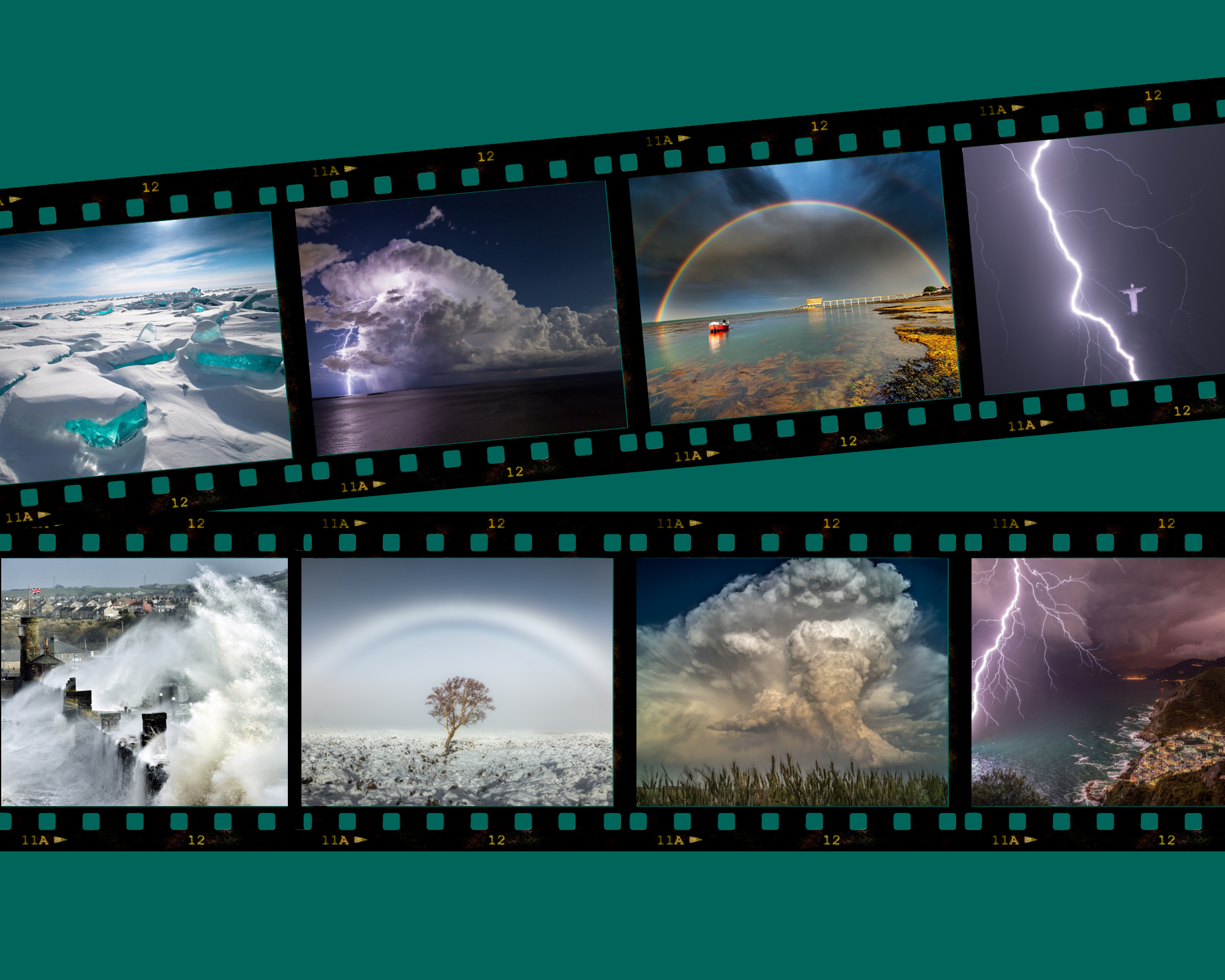

My Weather - Dr. Lindsay Bennett
I can date my fascination with the weather back to first watching storm chasing documentaries on TV at about age 14. I used to irritate my Geography teacher by always asking, “When are we going to learn about the weather?” I was particularly interested in the US scientists conducting tornado research, putting themselves right in the storm’s path to collect data with their state of the art mobile radar systems. Little did I know then that 12 years later I would be working with those same scientists and radars, and chasing storms myself! I would have been even more surprised to be told that one day I would be in charge of the UK’s first mobile radar.
After doing a bachelor’s degree in Meteorology and Oceanography at the University of East Anglia, I came to the University of Leeds to do a PhD, where I studied how showers and thunderstorms form, through analysis of new observations of the boundary layer. Following a 3-year post-doctoral position studying thunderstorms over the Black Forest Mountains of Germany, I applied for the role of Instrument Scientist for the National Centre for Atmospheric Science (NCAS), for which I am responsible for the deployment and maintenance of the mobile radar, as well as managing all its data.
The radar has been a key instrument in a number of international projects, with a focus on making detailed observations of the development of convective clouds and precipitation. We deployed the radar in Cornwall in 2013, to study convergence lines along the south-west peninsula, similar to the one that caused the Boscastle flood in 2004, then to Cape Verde in 2015 to study the influence of Saharan dust on the clouds. Recent projects have been in collaboration with the Scottish Environment Protection Agency and the Environment Agency, deploying the radar in regions prone to flooding and where existing radar observations are limited.
The weather plays a key part in every aspect of the radar’s deployment. We have a large amount of infrastructure, as shown in the images above, and have to employ a large crane to lift the radar onto its platform. The conditions have to be very calm to do this, which is not easy to achieve in Scotland in January or on top of an exposed hill on the west coast of Cumbria!
Most radars have a radome (often referred to as “golf balls”), which are covers that protect them from strong winds and hail. Our radar, however, does not have one, a sacrifice that was made in order to have a bigger antenna. A larger antenna means higher resolution observations. The consequence is that we can only operate in winds up to 55mph. Deep low pressure systems in the Autumn and Winter often bring wind gusts in excess of this, so one of my daily jobs is to keep an eye on the forecast and be prepared to stow (park) the radar if the winds start to approach the limit. In fact, the weather can often catch us out and sometimes it can be unexpectedly windy during other times of the year. Luckily the UK rarely experiences hail stones large enough to cause damage but we have to keep our fingers crossed that any hail-bearing storms didn’t cross the radar’s path, but close to enough to collect some great data.




